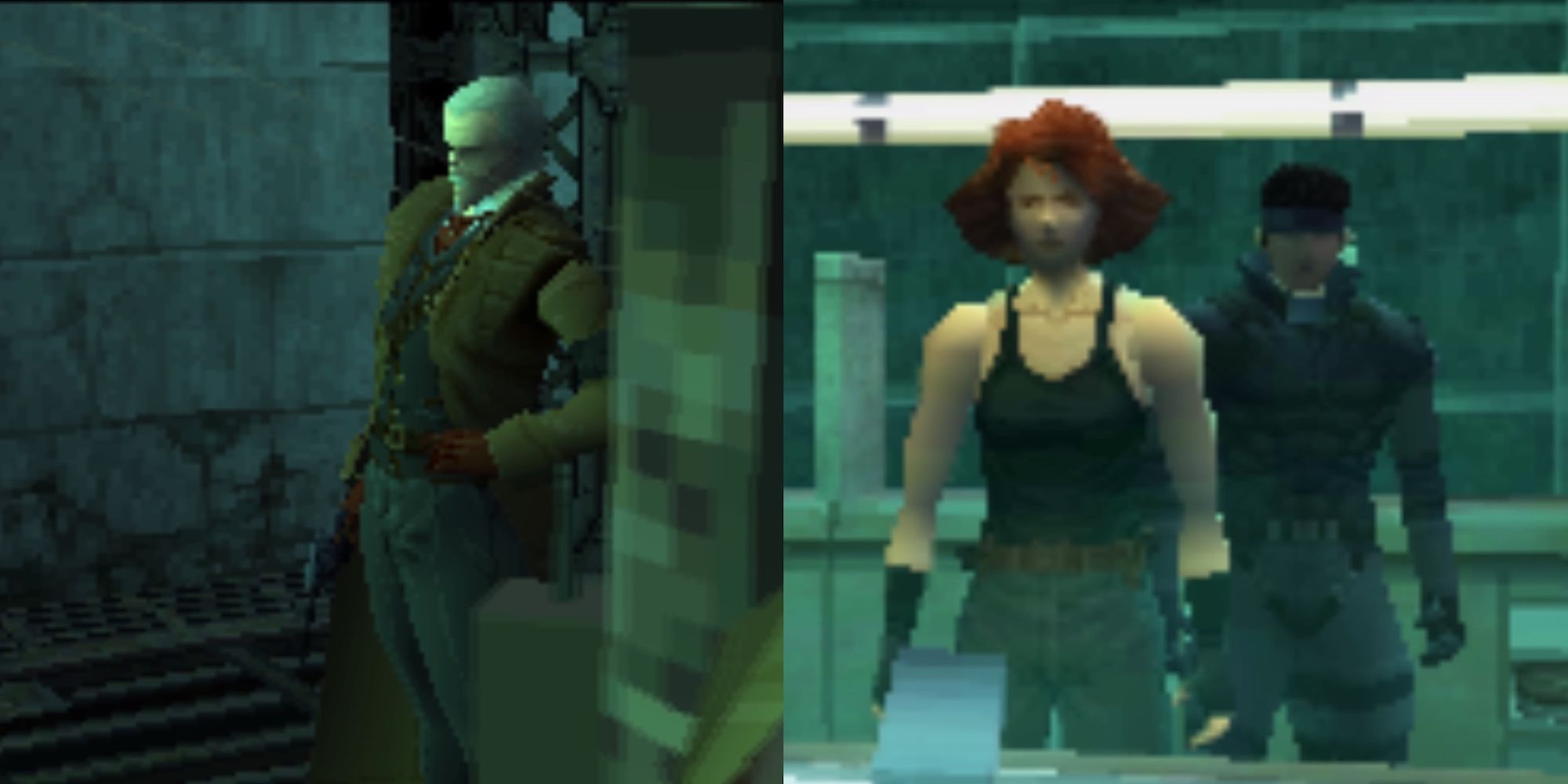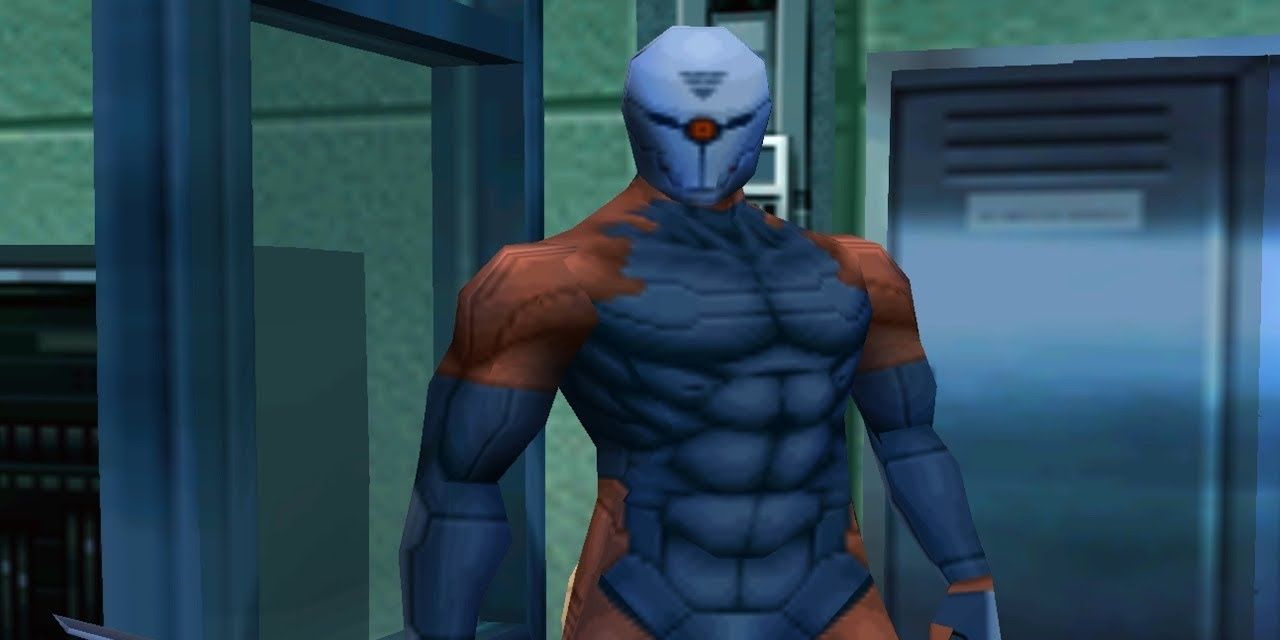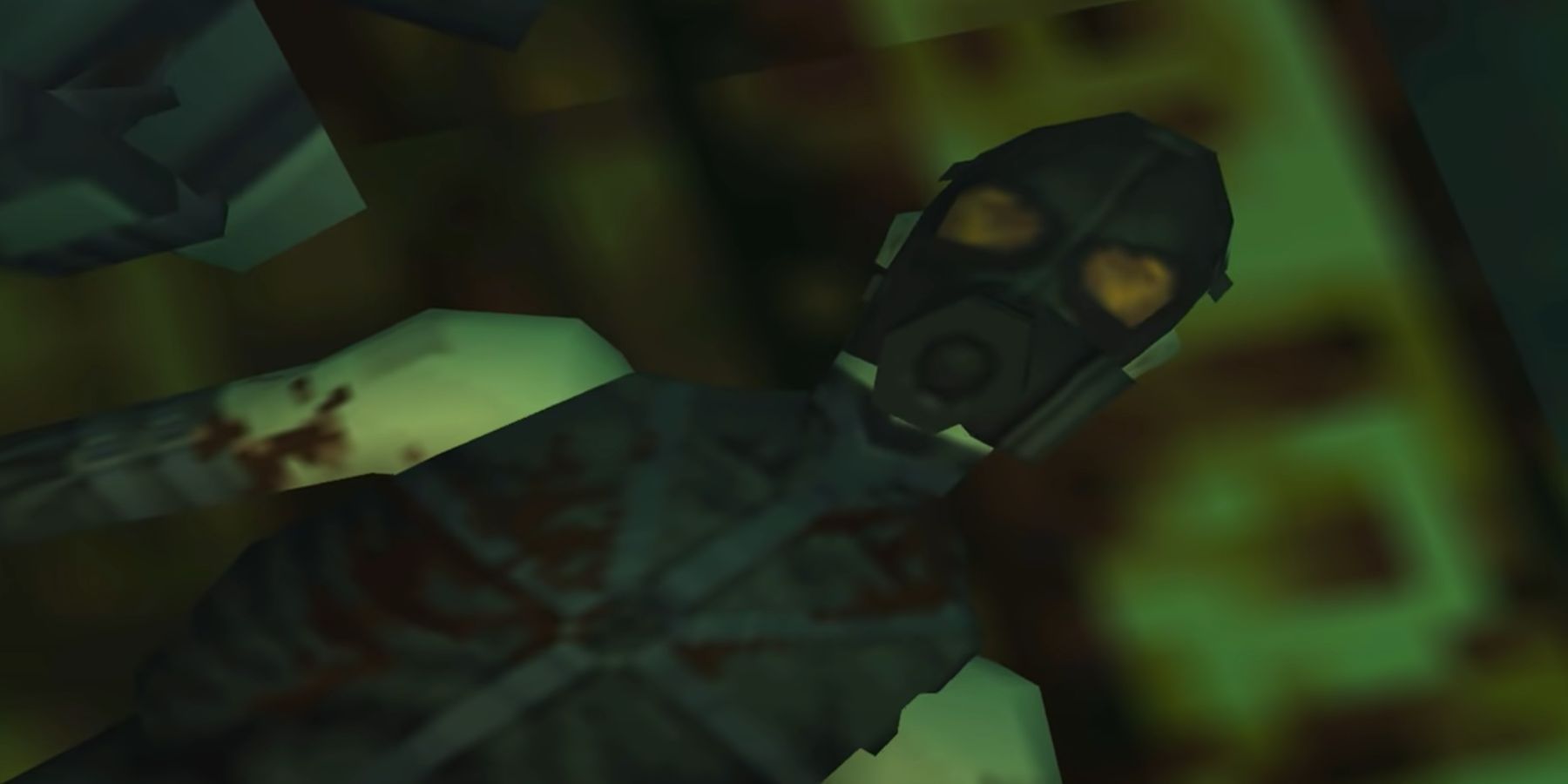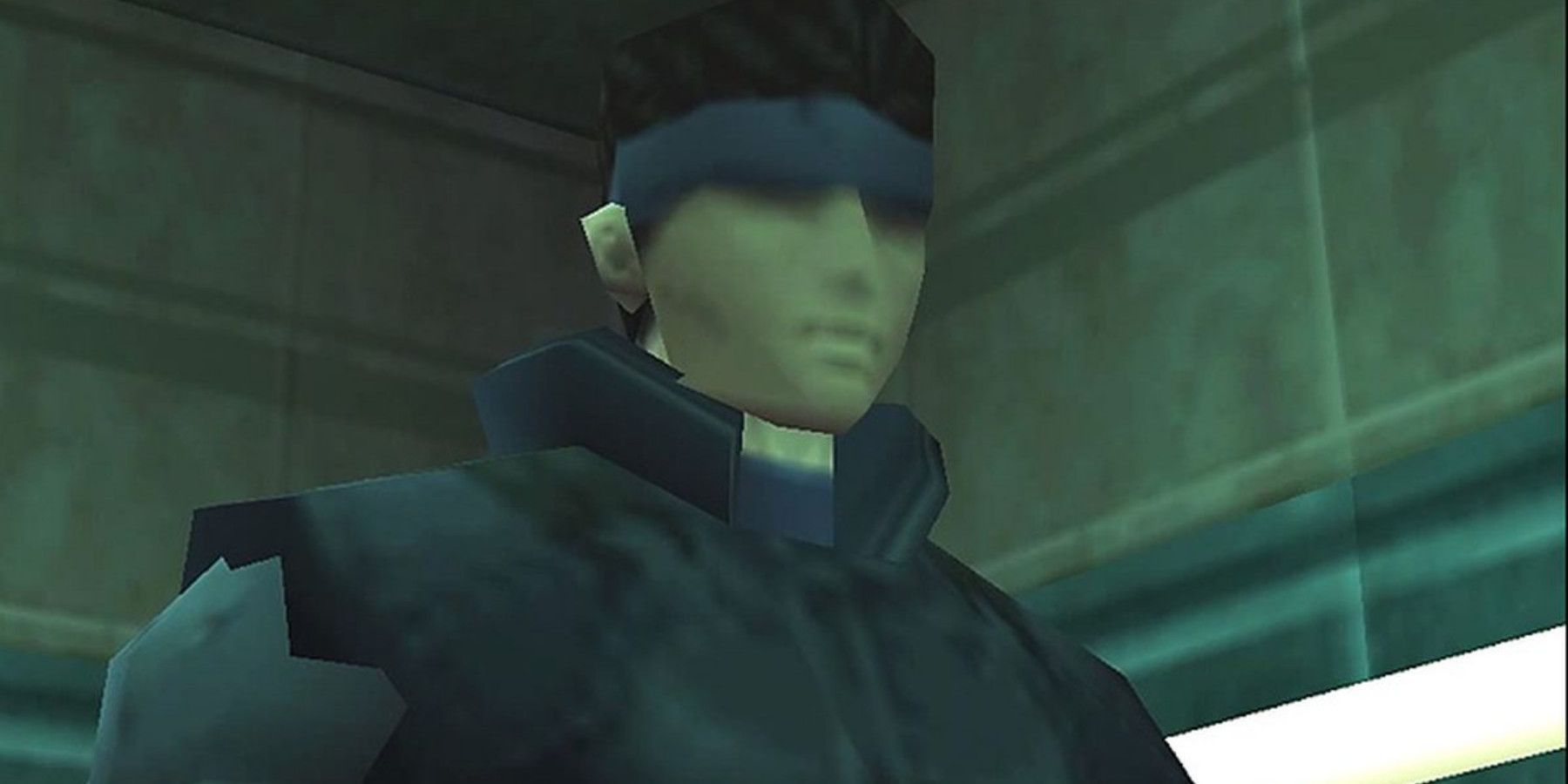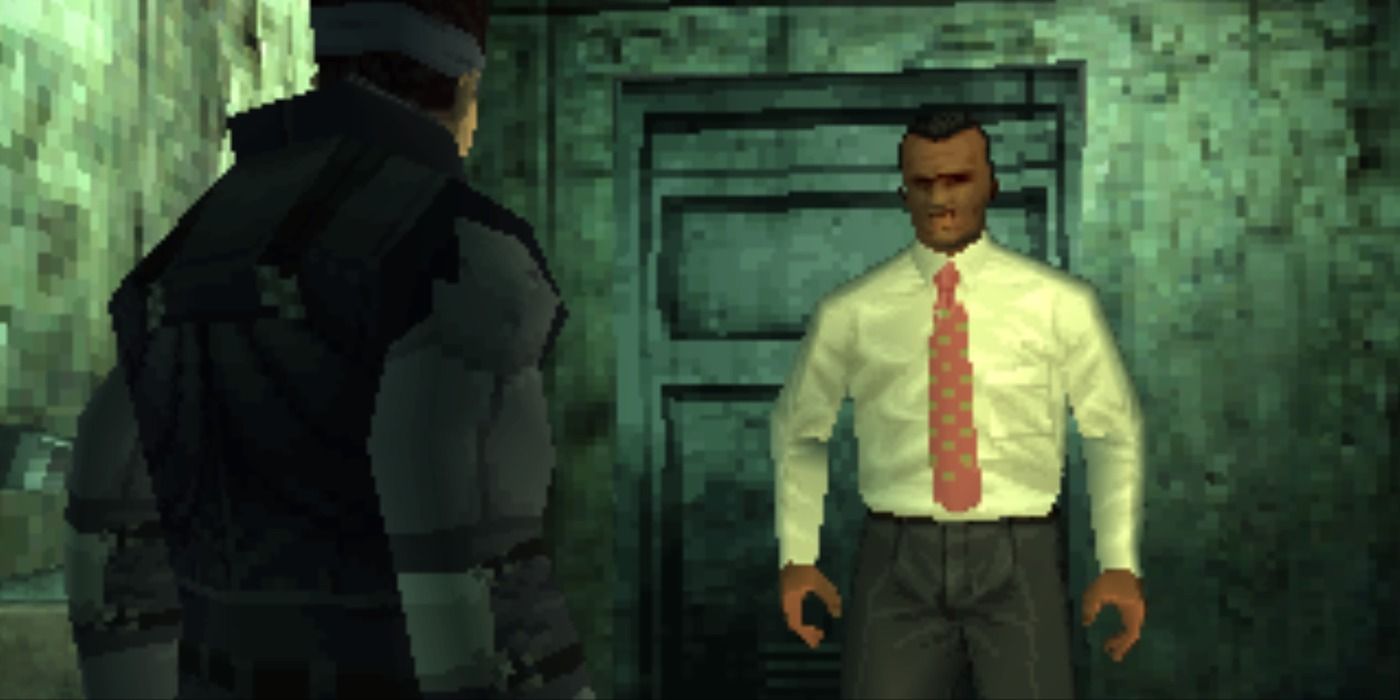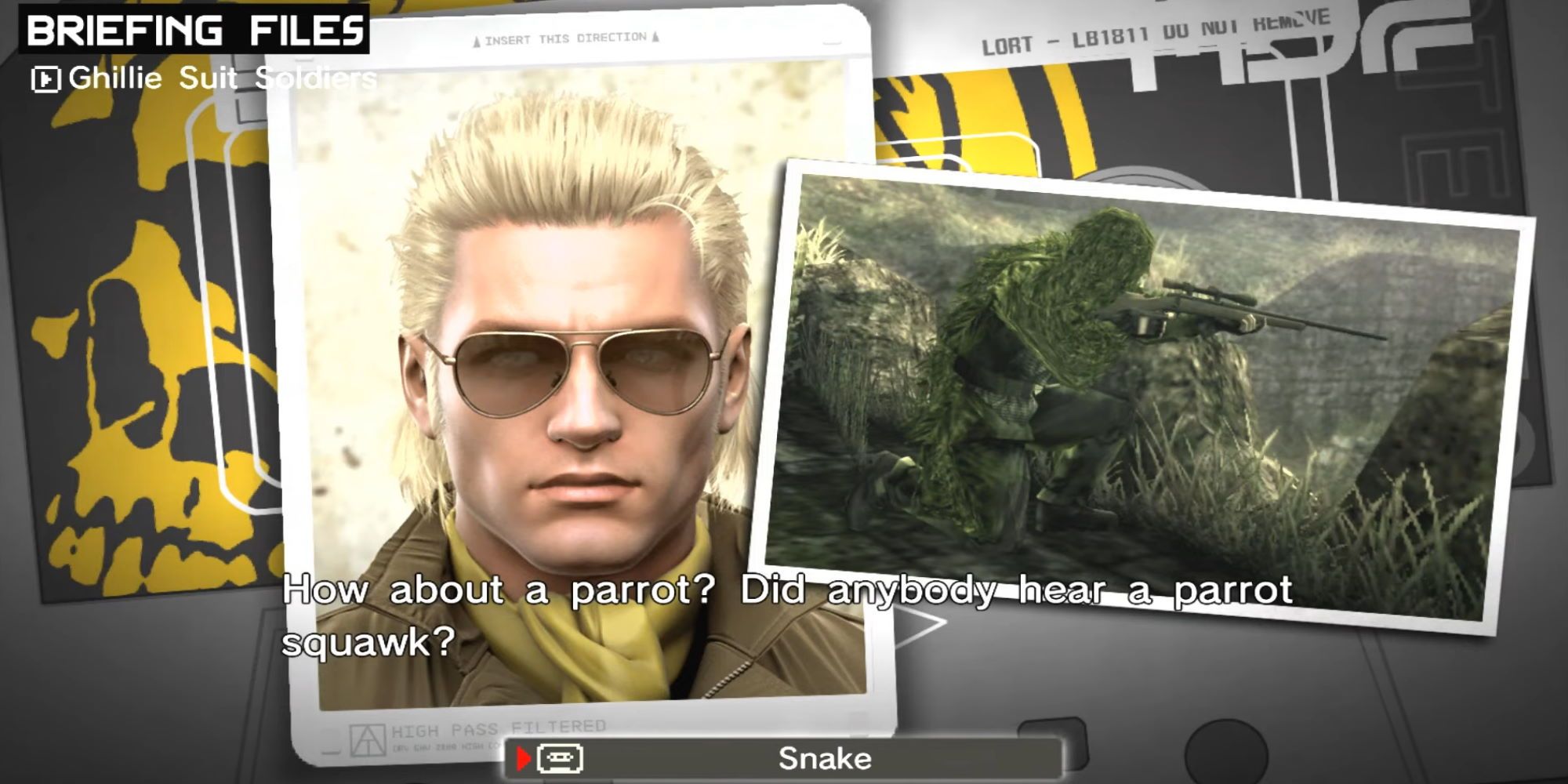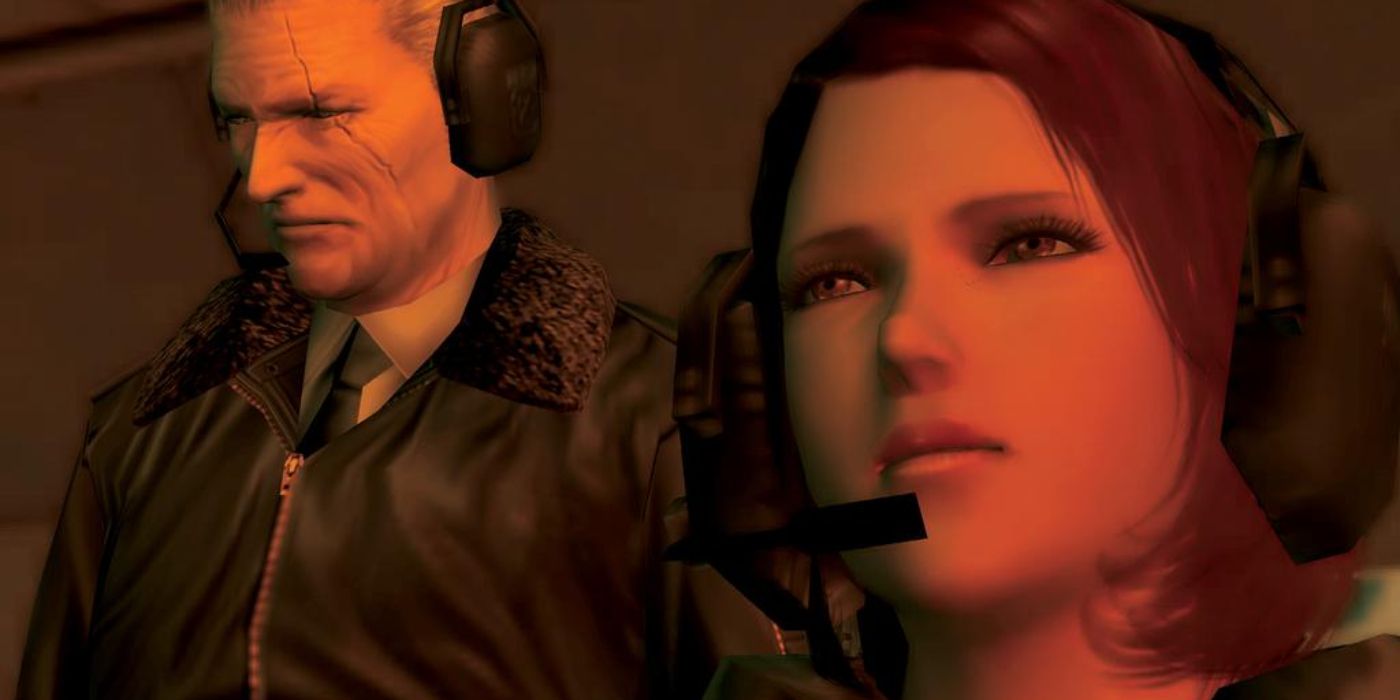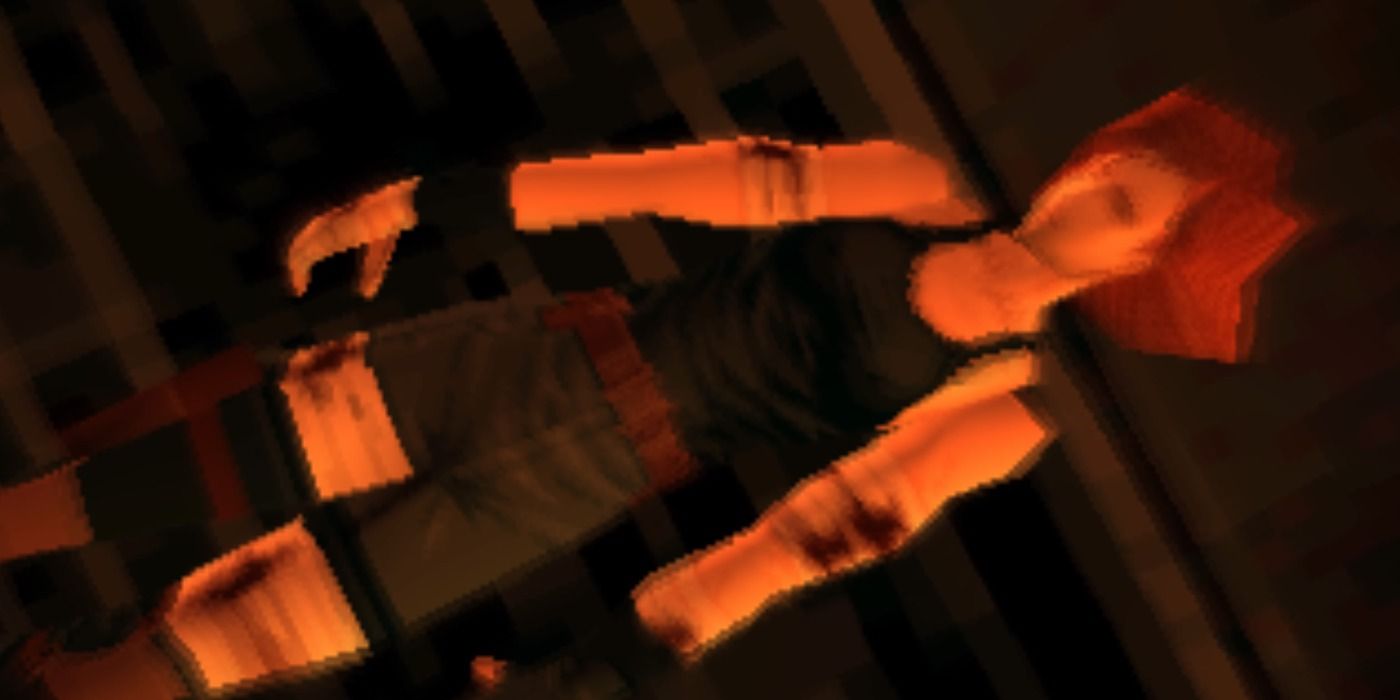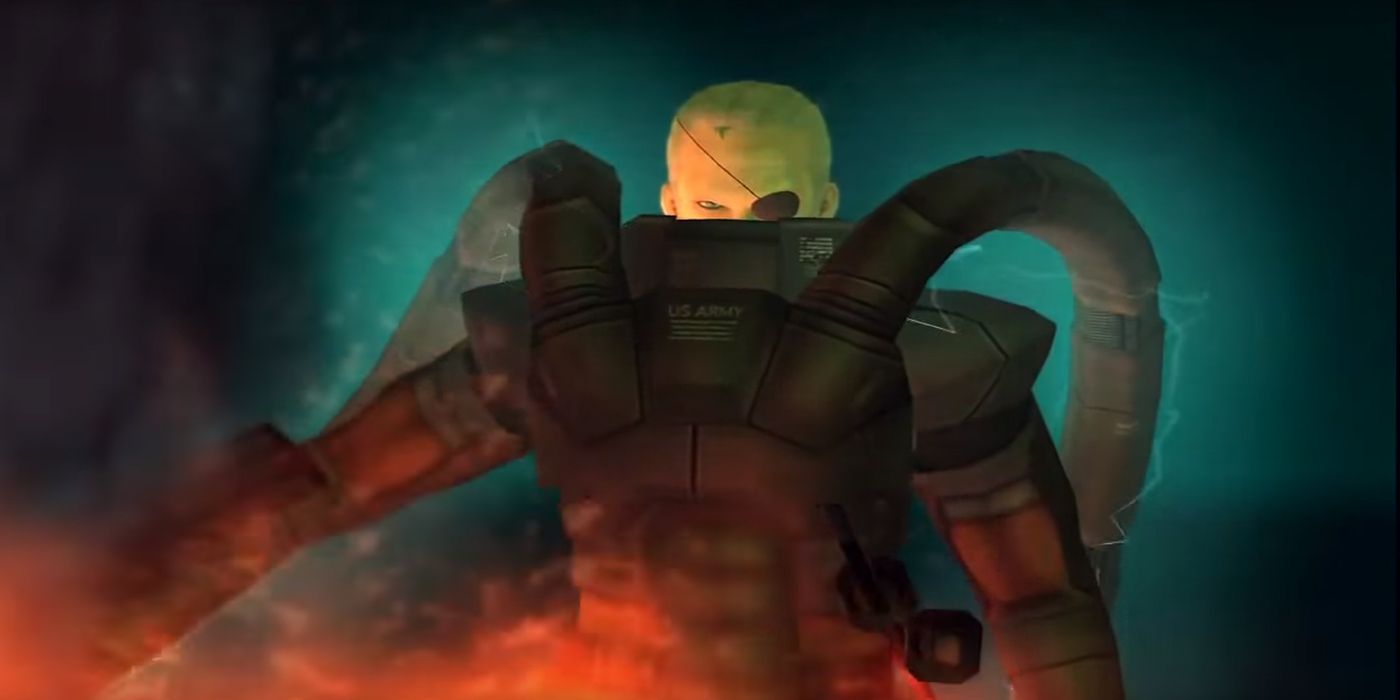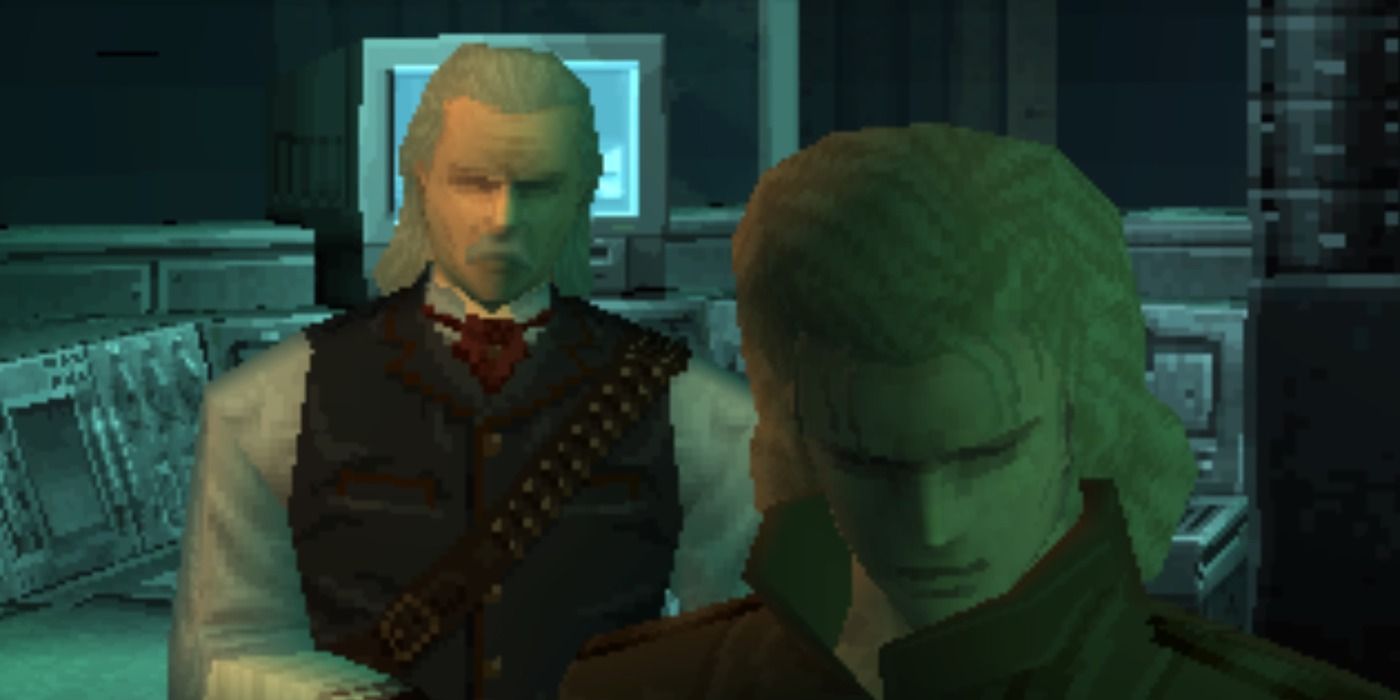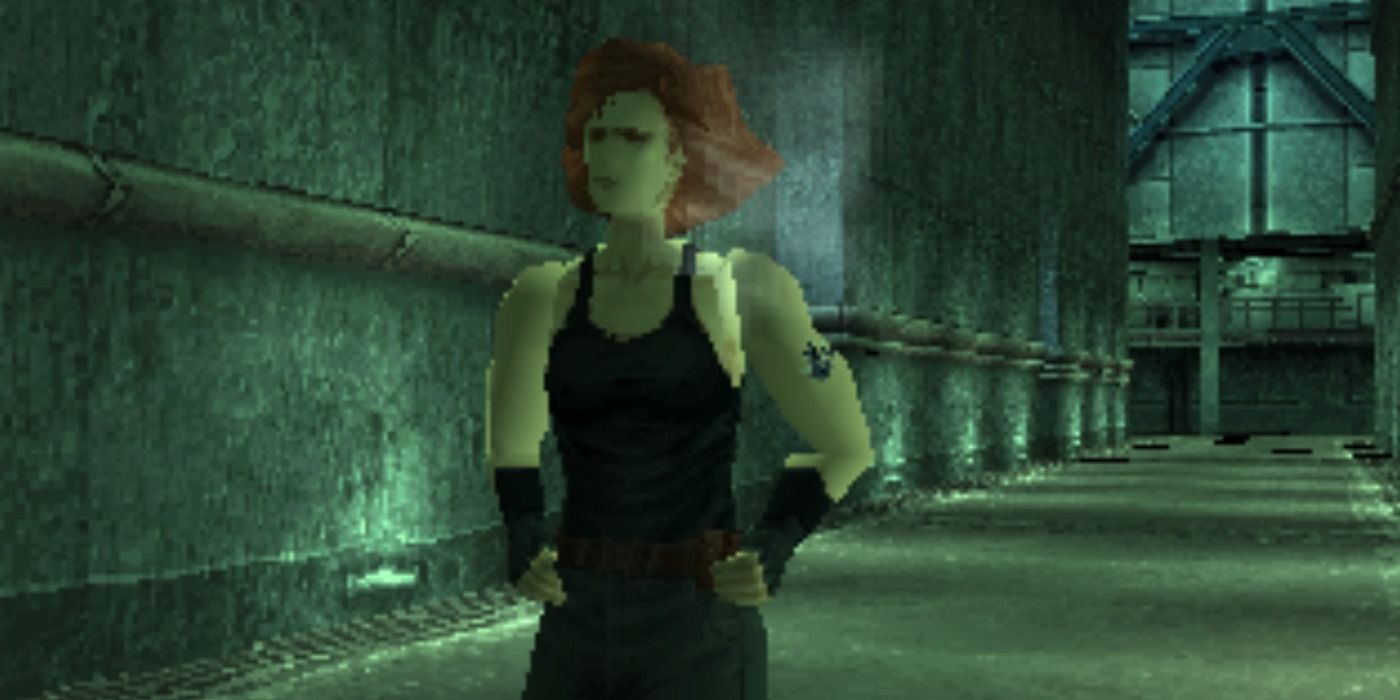Highlights
- Metal Gear Solid on PS1 is a solid entry point for newcomers with its recent re-release in the Master Collection, allowing fans to relive the joy of playing it.
- The sequels provide additional context and connections to the overall story and events, revealing important details about characters like the Darpa Chief, Miller, and Dr. Clark.
- The game has two distinct endings, with the President being an unwilling pawn of the Patriots and a war criminal himself.
Metal Gear Solid on the original PlayStation, despite being the third canon game in the series, was many fans' first exposure to the franchise. It is a solid - no pun intended - jumping-off point even today for those interested in the franchise. With the recent re-release of the Metal Gear Solid Master Collection Vol 1, many fans are reliving the joy of playing this game again.
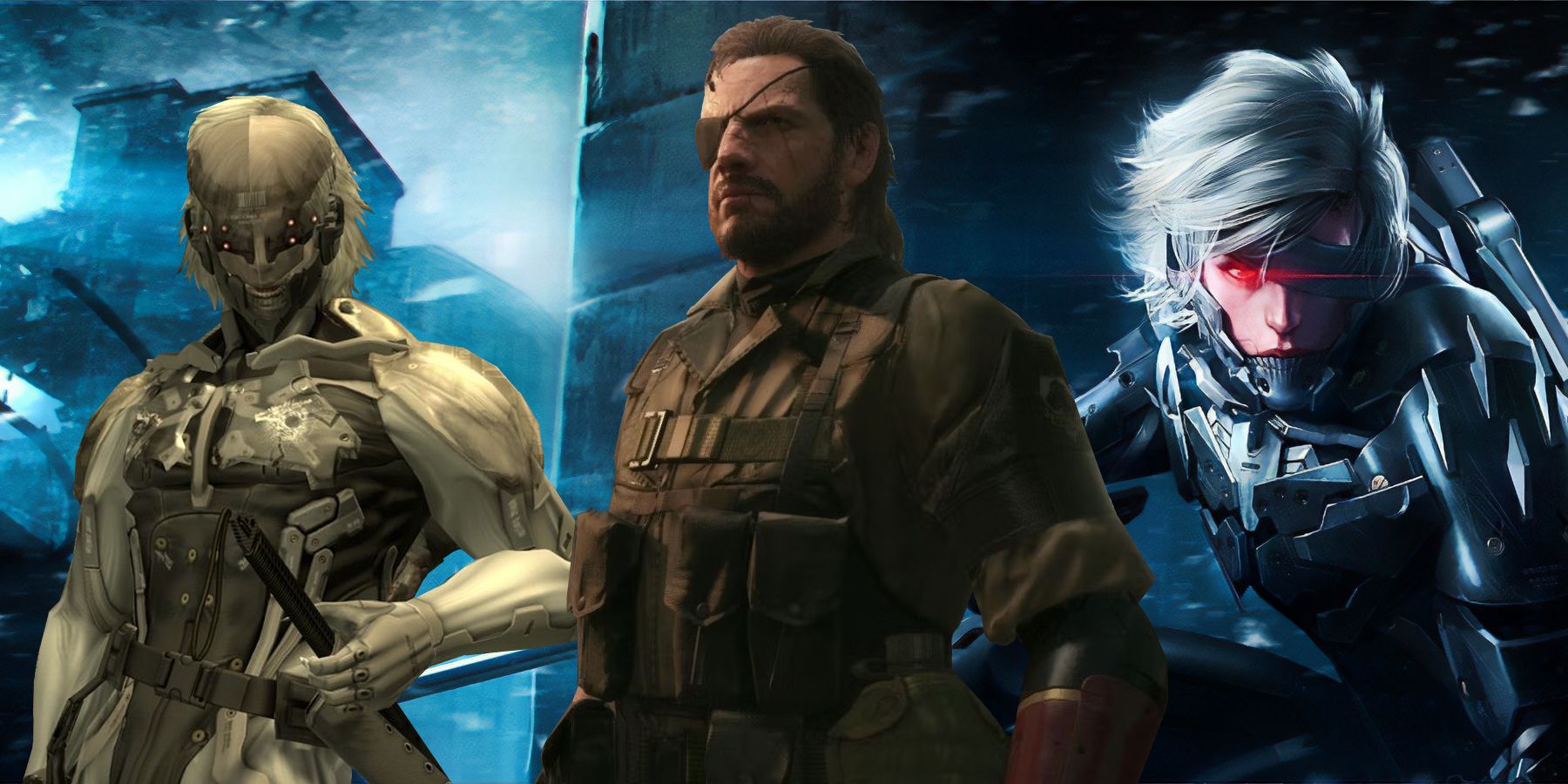
The 21 Best Metal Gear Games, Ranked
Metal Gear has a long, storied history, but which of its games stand the test of time as true classics?
With the knowledge they already have of the sequels, players can see the events and characters in a whole new light. While the game stands on its own, the facts below revealed by its sequels help connect it to the overall story and events that occurred both in its sequels and prequels.
Updated on April 30, 2024, by Jason Wojnar: Though Metal Gear Solid has a pulse, it is difficult to tell what the future holds for the series after the Metal Gear Solid 3 remake comes out. Even if that is the end of the Metal Gear renaissance, 1998's Metal Gear Solid will always remain one of the medium's most relevant titles. Players can either take it on its own or analyze it using all that they know about the characters and the lore after having played the other games in the series, as the updated version of this list shows.
The sequels refer to the events of Metal Gear Solid as the Shadow Moses incident, based on the location where the game takes place.
10 Frank Jaeger Was A Child Soldier
And Big Boss Knew Him All The Way Back Then
Gray Fox has been a character since the debut entry in 1987. However, his relationship with Big Boss goes all the way back to the character's childhood. A side character in Metal Gear Solid: Portable Ops named Null is a ninja robbed of any identity and personality.
However, Big Boss is eventually able to break through to him and it is revealed that Null is Frank Jaeger, who would go on to become Gray Fox. This backstory further explains why he joins Big Boss in Metal Gear 2: Solid Snake. Having been a soldier since childhood, he feels like he has no other purpose in the world other than to fight.
9 Psycho Mantis And Liquid Snake's Connection
They Have Known Each Other Since Childhood
Psycho Mantis is one of the most iconic boss fights in the series. The character receives another nod in Metal Gear Solid 4. In the prequel, Metal Gear Solid 5, a younger Psycho Mantis plays a large part in the story.
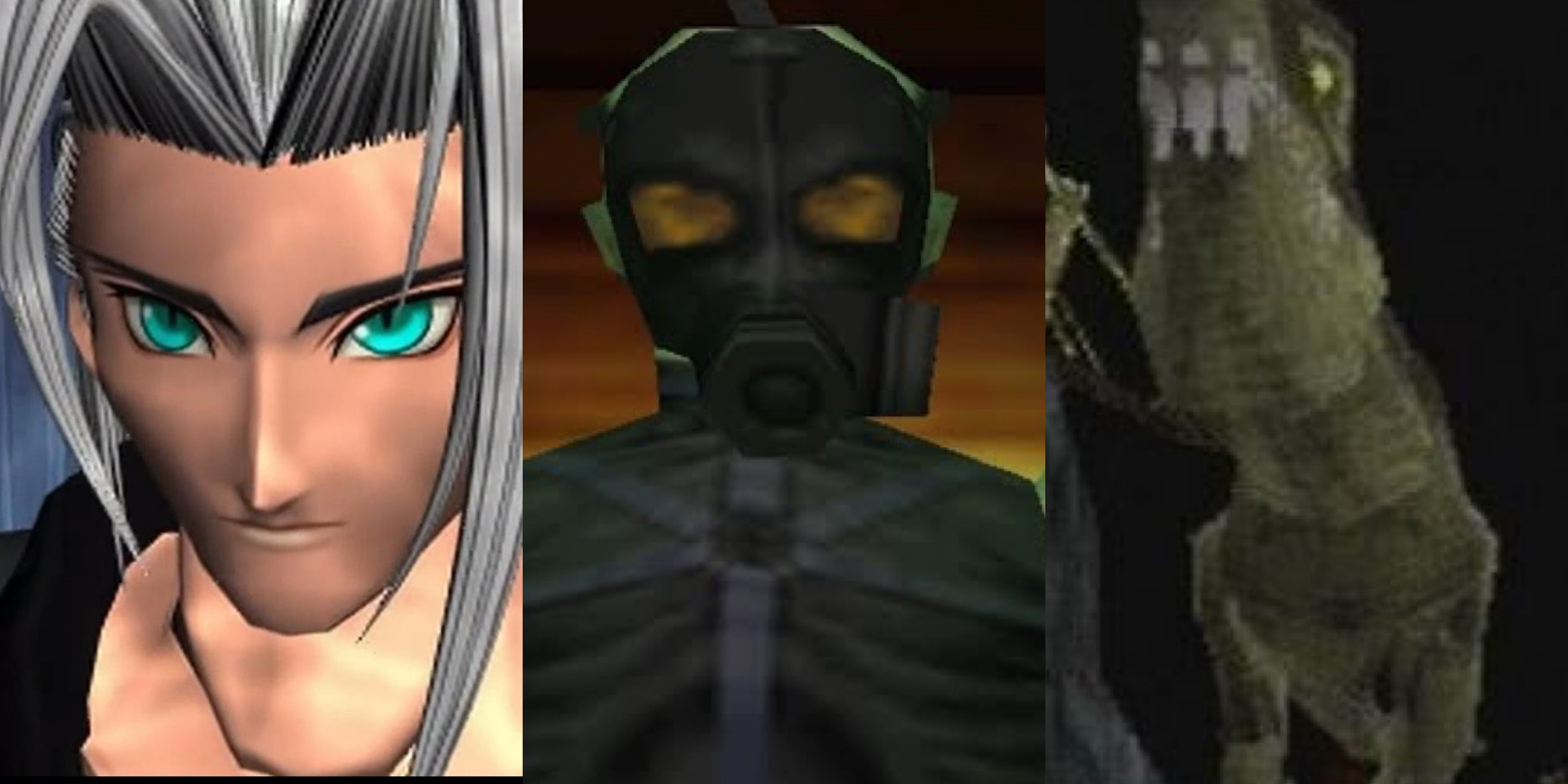
5 Best Boss Fights In PS1 Games
Several boss fights throughout the PS1's lifespan have become legendary. These examples are just the tip of the iceberg.
He is responsible for the resurrected Volgin, known as the Man on Fire, and is also used by Skull Face to control Metal Gear Sahelanthropus. It is on Mother Base where he meets Eli, who is a young Liquid Snake. Psycho Mantis helps Liquid escape with Sahelanthropus and some other child soldiers. due to The Phantom Pain's unfinished story, it is unclear what happens next.
There is a bonus feature on the Phantom Pain's making-of bonus disc that includes an explanation of how their story would have concluded. It is not an official part of the game, however.
8 Many Of The Deaths Are A Part Of A Larger Plan
The Whole Series Is A Conflict Between Two People
Some fans grew a little disappointed with the series as later entries painted every other game as one long elaborate plan going back to the 1960s. The Darpa Chief's murder, Master Miller's death, and Dr. Clark/Para-Medic's death after experimenting on Gray Fox were all a result of the decade-long conflict between Big Boss and Zero.
While this might make the whole lore feel too big to understand and unwieldy, Metal Gear Solid's story still makes sense on its own even if one did not play the first two games in the series.
In fact, most gamers in the west did not play Metal Gear 2 : Solid Snake in 1998 since it was never officially released until Metal Gear Solid 3: Subsistence in 2006.
7 The Darpa Chief Is Sigint From Metal Gear Solid 3
And Ocelot Kills Him On Purpose
Metal Gear Solid 3introduces a whole new cast of characters who ultimately become vital to the series' overall narrative. Donald Anderson, the Darpa Chief, was a founding member of a group called Cipher that ultimately morphed into the Patriots. He was also largely responsible for the AI that would go on to become GW that activates at the end of Metal Gear Solid 2.
He and Ocelot were on opposite sides of the grand conflict behind the scenes in the franchise. Even though his death was ruled as an accident as a result of torture, later games reveal that Ocelot intentionally killed him.
6 Miller Knew Big Boss And Was Likely Murdered By Ocelot
The Two Grew To Be Rivals In The Phantom Pain
Those who played Peace Walker and The Phantom Pain know loads more about McDonnell Miller than what is revealed during Snake's mission on Shadow Moses island. This is largely because that's not Miller in the 1998 game, as the last act reveals. The prequels reveal his real name and backstory and eventually show that he is missing an arm and a leg and is partially blind.
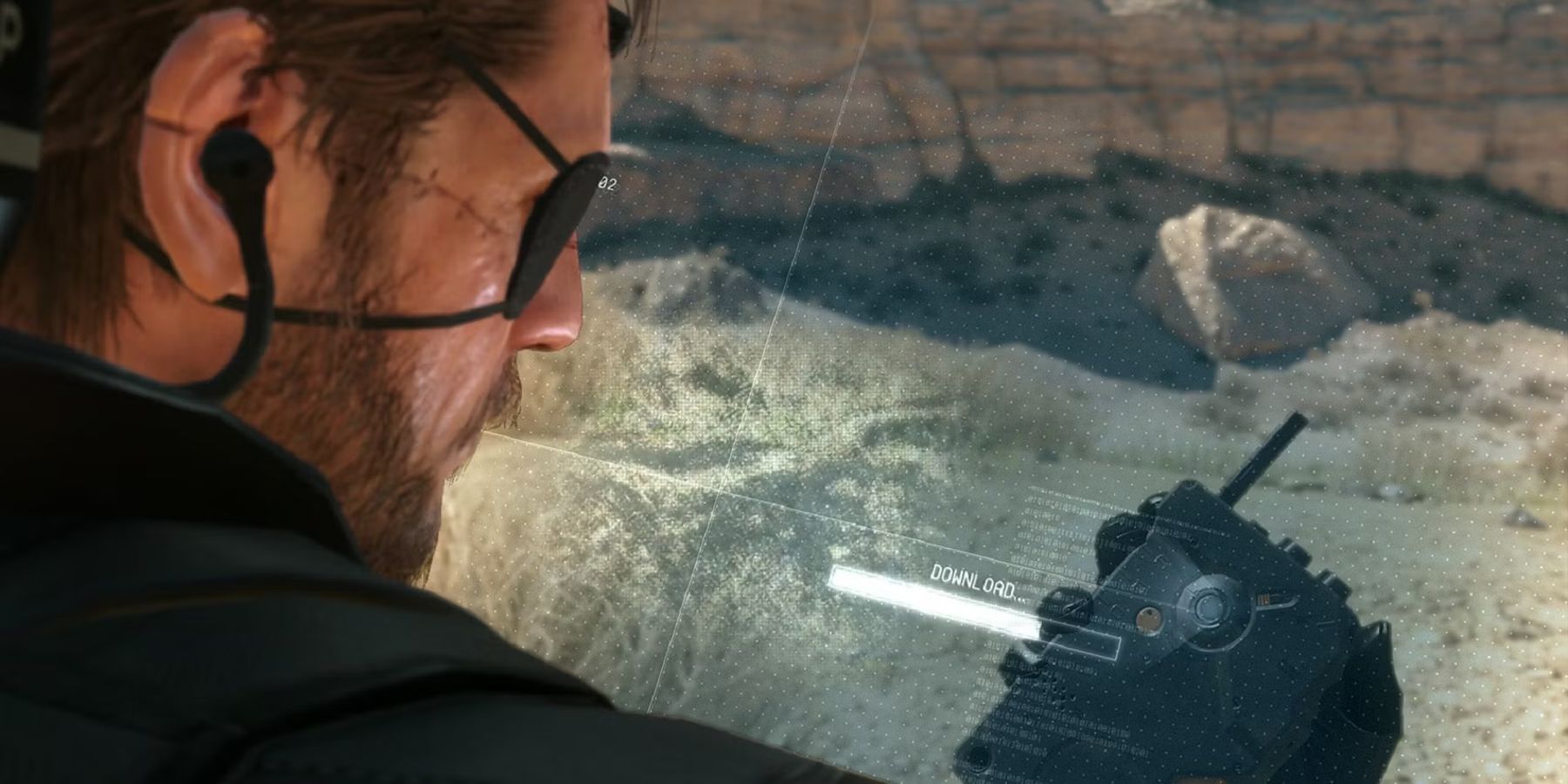
Every Metal Gear Game Ranked By How Long They Take To Beat
The Metal Gear franchise began in 1987. And, since then, we've experienced some of the best games ever. However, how long does each take to beat?
The ending of The Phantom Pain reveals that he is set to work against the real Big Boss, having felt betrayed by the revelation of that game's main character being an impostor. This makes his death fit into the overall narrative, since it was likely orchestrated by Revolver Ocelot. It also makes sense why he was a supporting character in Metal Gear 2 and not in the first Metal Gear game where the main villain was the impostor Snake.
5 Dr. Clark Is Para-Medic
We Still Don't Know How She Became A Mad Scientist
This one is hard to imagine since Para-Medic in Metal Gear Solid 3 feels so innocent as if she could never hurt a fly. However, she is responsible for the experiments that turned the almost dead Frank Jaeger, or Gray Fox, into the cyborg ninja.
He escapes and kills Dr. Clark, which was a part of the plan by Ocelot and Eva, a major character from Metal Gear Solid 3 since she was allied with Zero in the Patriot's plan. It would be interesting to eventually see her arc from a medical professional to a mad scientist, but no such information exists in the Metal Gear lore yet.
4 Saving Meryl Is The Canon Ending
But She And Snake Don't End Up Together
Metal Gear Solid has two notably distinct endings based solely on the player's ability to resist Ocelot's torture after Snake's capture following the first fight with Sniper Wolf.
If players resist the torture they unlock an ending where they save Meryl and escape Shadow Moses with her. The other ending sees Meryl dying and Snake escaping with Otacon. The former is revealed in Metal Gear Solid 2 to be the true ending, and Meryl eventually plays a huge role in Metal Gear Solid 4.
Meryl Siverburgh is also a character in Policenauts, another Hideo Kojima game from the 1990s.
3 The President Is An Outright War Criminal
And An Unwilling Pawn Of The Patriots
Metal Gear Solid's post-credits sequence reveals the President of the United States to be the third child of the Les Enfants Terribles project and Solid Snake's brother. Not only that but he was made president by the Patriots, who also made him resign shortly after the Shadow Moses Incident.
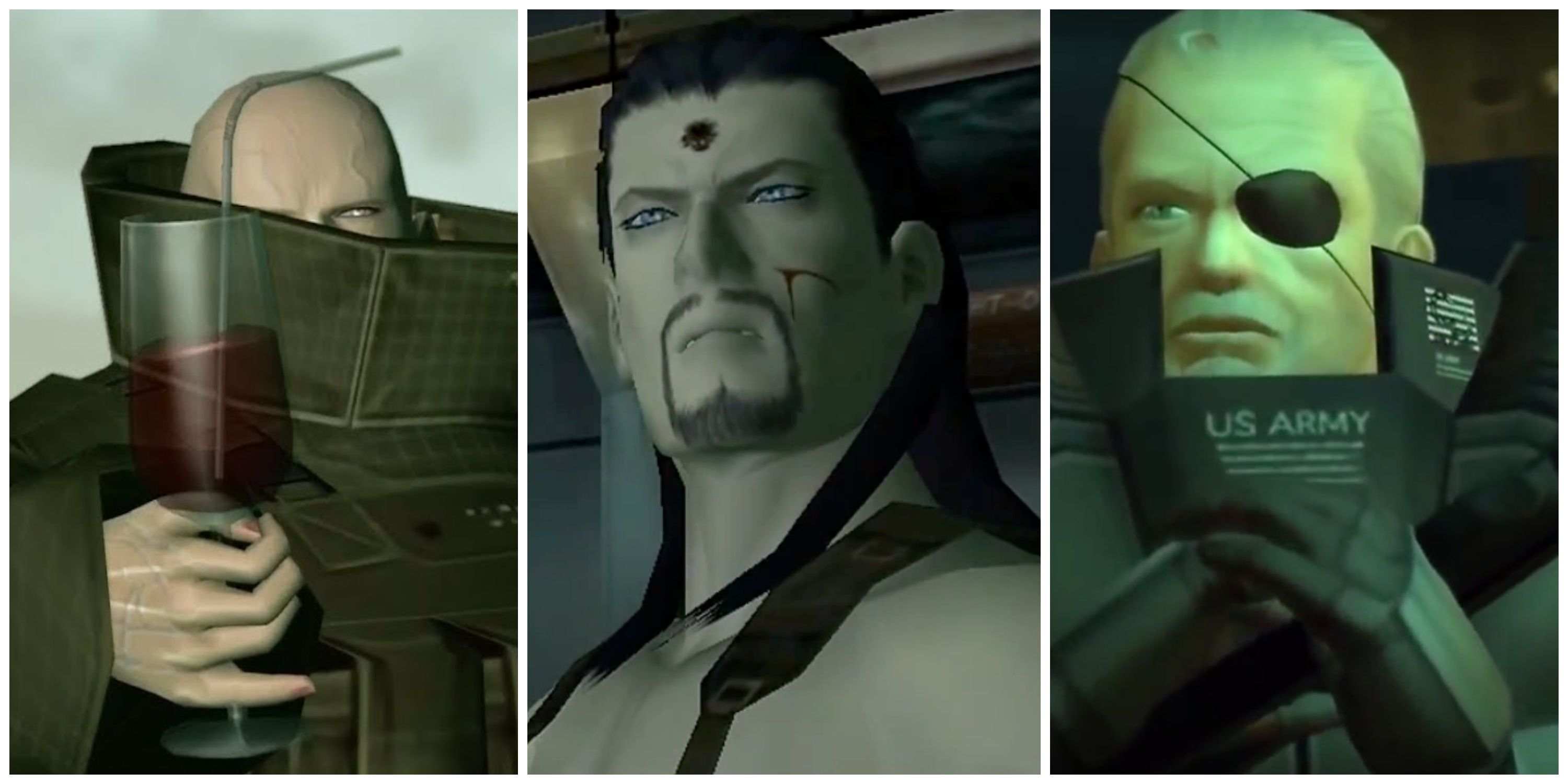
Metal Gear Solid 2: Sons Of Liberty – All Boss Battles, Ranked
Raiden is put through trials of fire in Metal Gear Solid 2: Sons Of Liberty, and he will have to fight many great bosses.
He, known as Solidus Snake, is the main villain of Metal Gear Solid 2: Sons of Liberty whose main goal is to break free of the Patriot's control and live in what he considers to be a free world. He also directly partook in the Liberian civil war and was involved in extremely heinous war crimes.
2 Ocelot Is A Significant Character To The Overall Canon
He Was Working With Big Boss All Along
In Metal Gear Solid Revolver Ocelot is cool with his twirling pistols and outfit right out of the Wild West. Only the ending reveals his larger role in the plot. Each sequel expands upon his role until he is one of the most important characters in the lore.
As a young soldier, he is a double agent for the CIA but eventually becomes a member of Cipher before breaking off and teaming up with Big Boss to try and destroy the Patriots and Major Zero's plan. Everything he does in the sequels is an attempt to kill the opposing member of Cipher and destroy the system Zero set up.
1 Meryl Finds Out The Campbell Is Her Father Anyway
And It Destroys Their Relationship
In the original game, Colonel Campbell only reveals that he is Meryl's biological father if she does not survive. Metal Gear Solid 4 shows that she does eventually find out the truth sometime after the Shadow Moses Incident.
She ends up hating Roy Campbell for it, only resolving her hatred by the end of the 2008 game. Additionally, while the canon ending sees Meryl and Snake ride off into the sunset, they quickly break off their relationship, only meeting again in Metal Gear Solid 4, nine years after Metal Gear Solid's events.
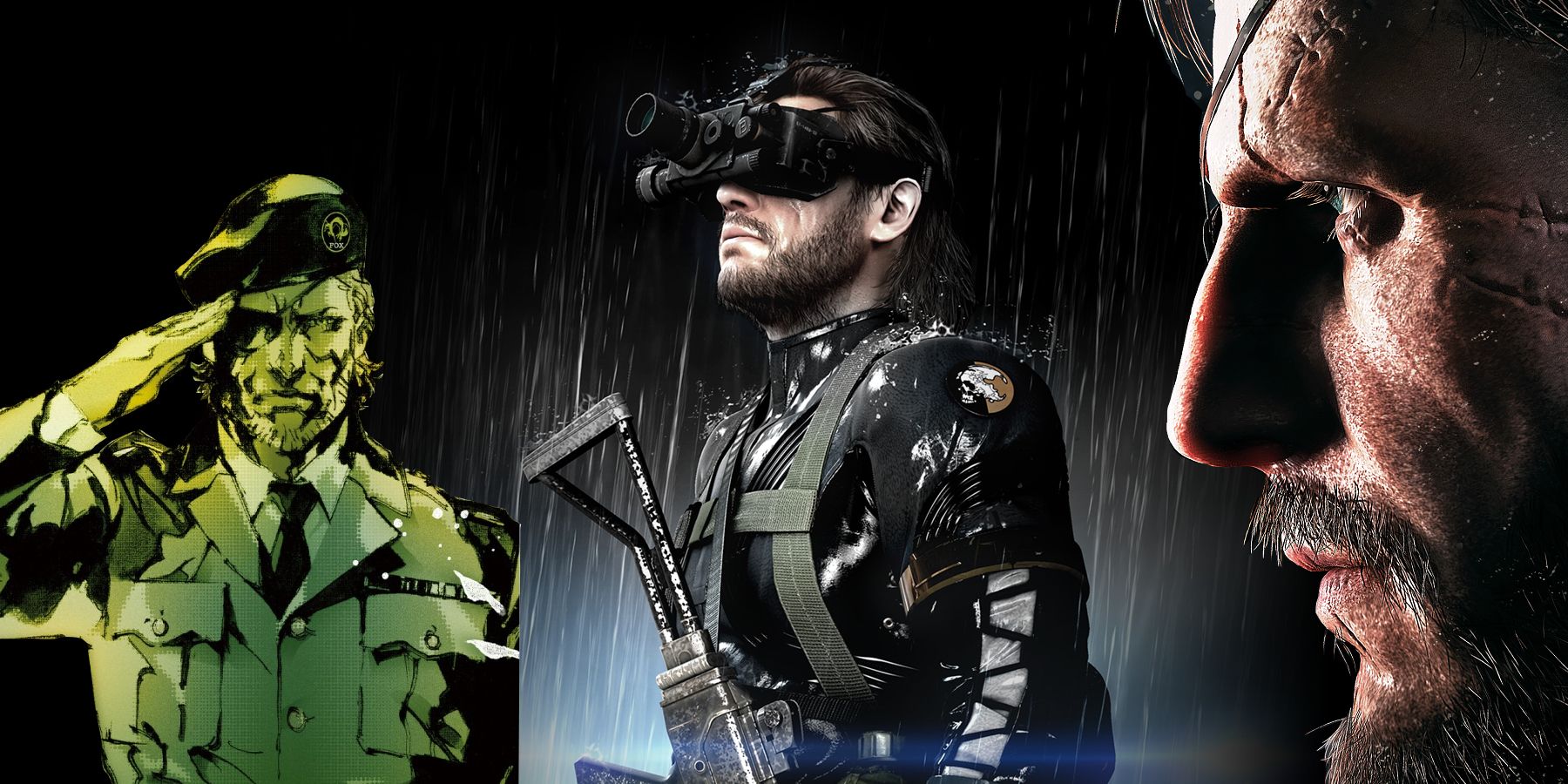
Every Metal Gear Solid Game In Chronological Order (And The Year They Take Place In)
The Metal Gear Solid games span across decades, though not in chronological order. This should clear the timeline up.

